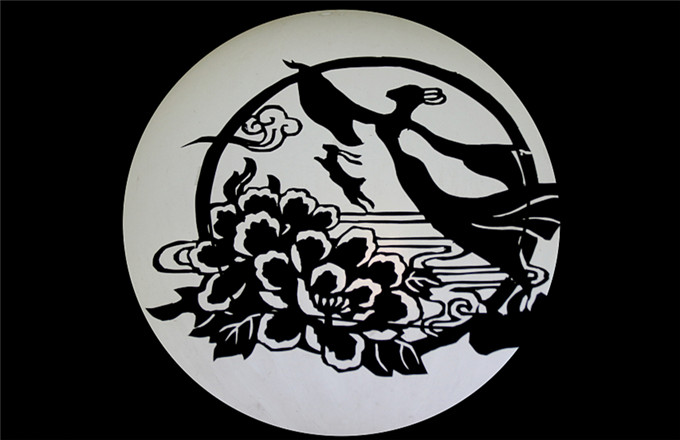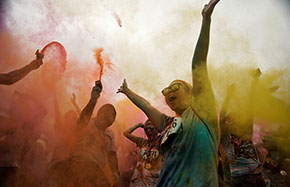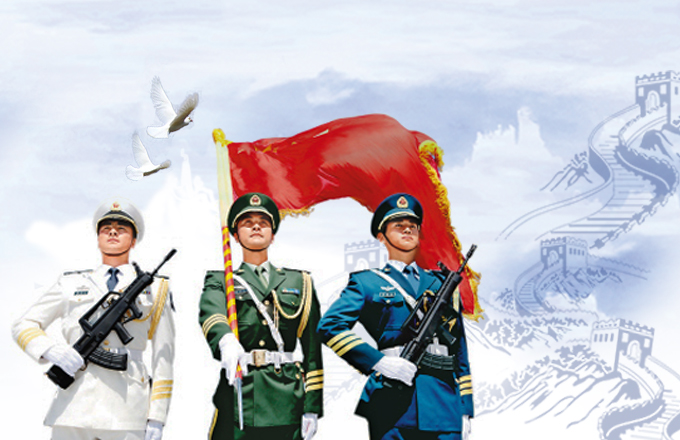Tibetan students find focus and a future in Thangka painting
CHENGDU - Rong Ying has been studying Thangka painting for almost four years.
Rong, 24, an ethnic Tibetan from Rangtang County, southwest China's Sichuan Province, learns the skills in a training school that has about 100 students. His dream is to allow his parents to stop working in the fields and help them move to a big, new house in the county.
"My parents grow corn and potatoes and barely make 800 yuan ($120) a year. They have to prevent their crops from being eaten by wild animals," he said. "Once I have mastered the art of painting Thangka, they will no longer have to do such hard work."
Thangka are Tibetan Buddhist artworks painted on cotton or silk. The religious paintings that can be traced back to the tenth century A.D. and typically depict images of Buddhist deities. In recent years, with governmental and private support, Thangka schools have been growing in the Tibetan areas of Sichuan, helping many young people out of poverty.
The Thangka school in Rangtang is the biggest in the area. It was opened by a monk in 2009. Students don't need to pay tuition fees and receive a 300-yuan stipend every month. Most of the students are from the rural families in the area, and many of them dropped out of school due to poverty.
"When project was started, local residents were worried that students would cause trouble, because in their eyes they were a bunch of 'problem kids,'" said Lungrig, a monk who supervises the school. "Many teenagers were smoking, drinking and fighting before they came here, and their parents could do nothing about their behavior."
However, he said that within one year the students began to behave "in a much better way."
"Many of them have found a focus by learning Thangka painting," Lungrig said. "They have become closer to their faith, and learned how to be respectful."
Learning to paint Thangka is not easy. One has to study the sketches, the lines and the coloring. It takes an average student six to seven years to master the skills.
One of the fundamentals is learning the proportions of heads of the Buddha. The first Buddha they paint is Sakyamuni, on whose teachings Buddhism was founded. They paint the head, then the body, followed by the robes.
"When I paint Sakyamuni, I can feel his existence," said Tsering, a 21year-old student. "I feel his stare, and so I make every move very carefully."
Tsering said that studying Thangka has transformed him from a "drifter" into a person with goals and plans.
Like most students, Rong Ying hopes to stay and become a teacher in the future. It promises a steady salary, as well as extra money from sales of Thangka paintings. According to school, the works of future graduates several years from now have already been reserved.
The county government also hopes that the school's graduates will stay in Rangtang. The government has spent more than 40 million yuan to build an cultural park that allows people to learn the art.
"Thangka painting has truly helped young people find a focus, and lift them out of poverty," said Liu Zuoming, a local official.
- Debut of facial ID technology sparks controversy
- China offers wisdom in global governance
- Chinese courts use technology to tighten noose on debt defaulters
- China diverts 10 billion cubic meters of water from south to north
- Chinese students invent environment-friendly hydroelectric power system




























